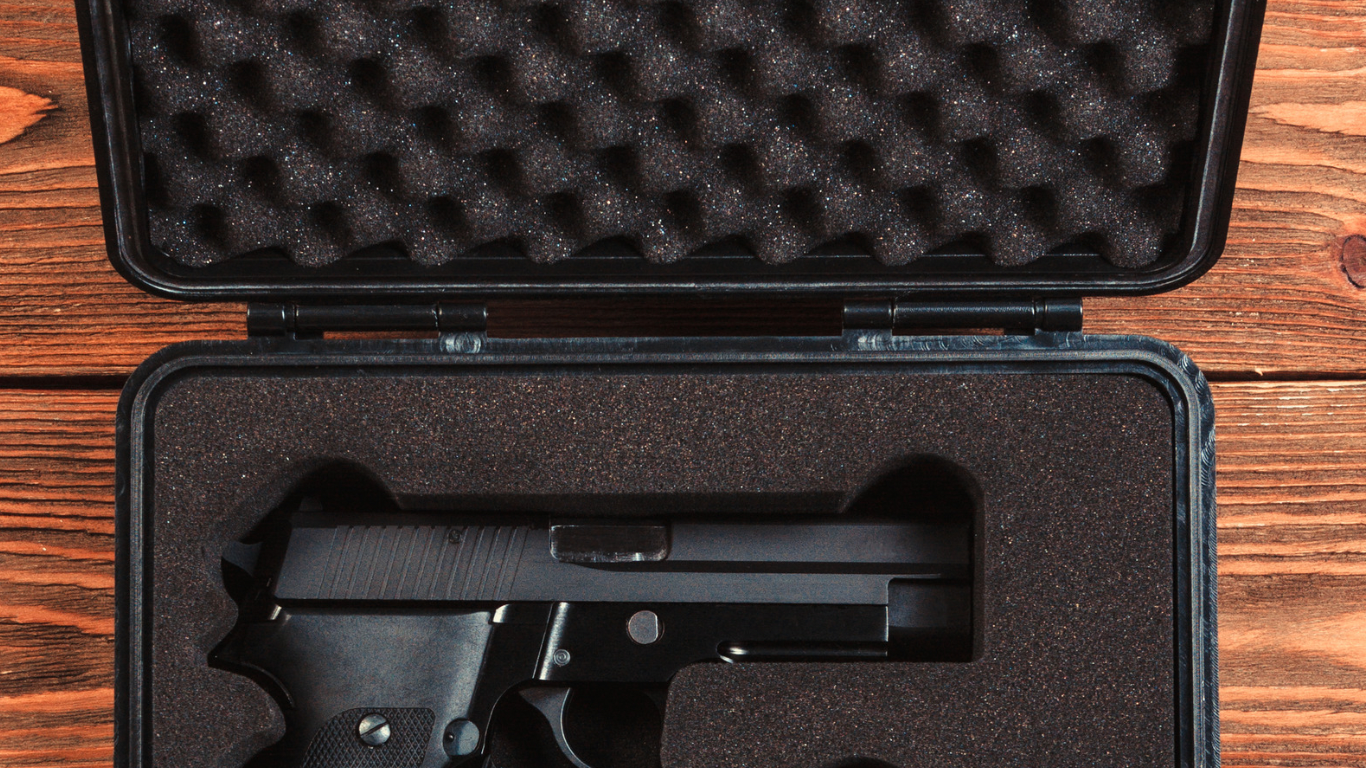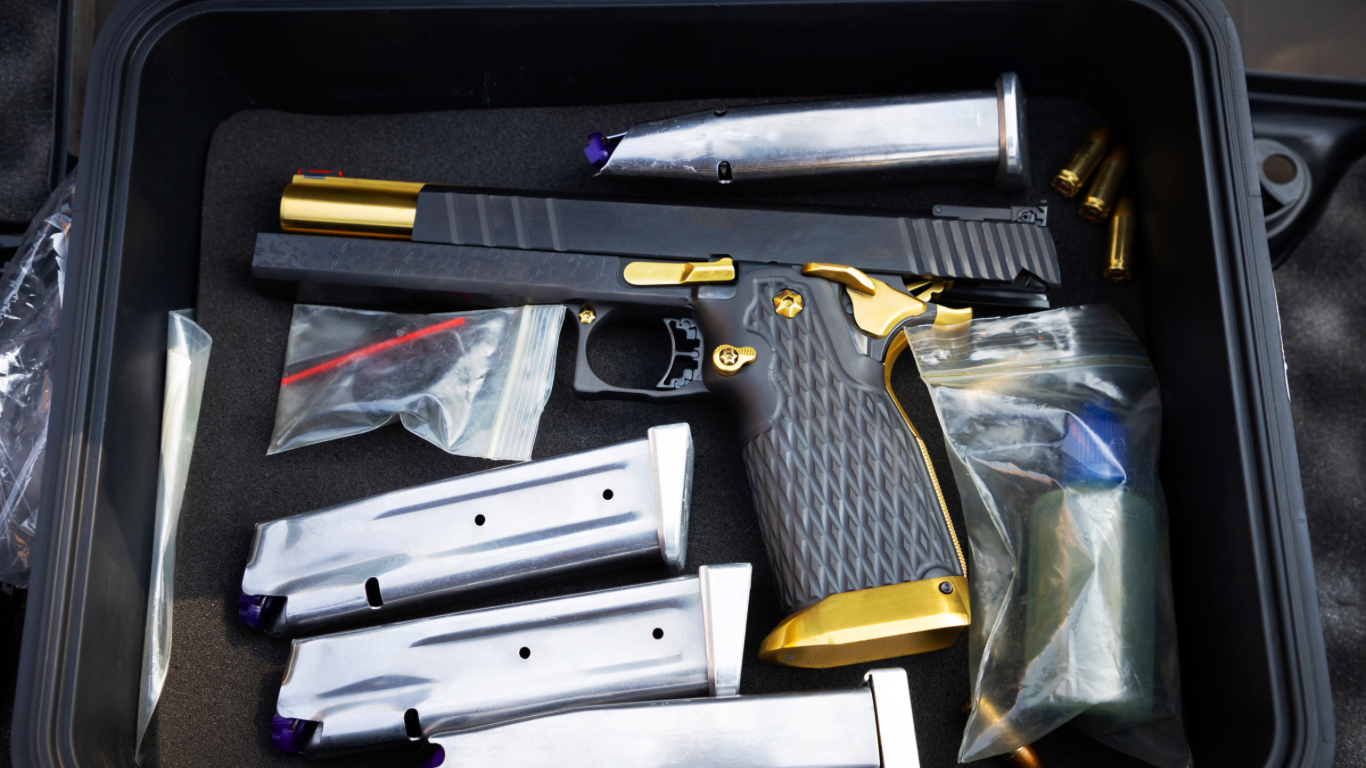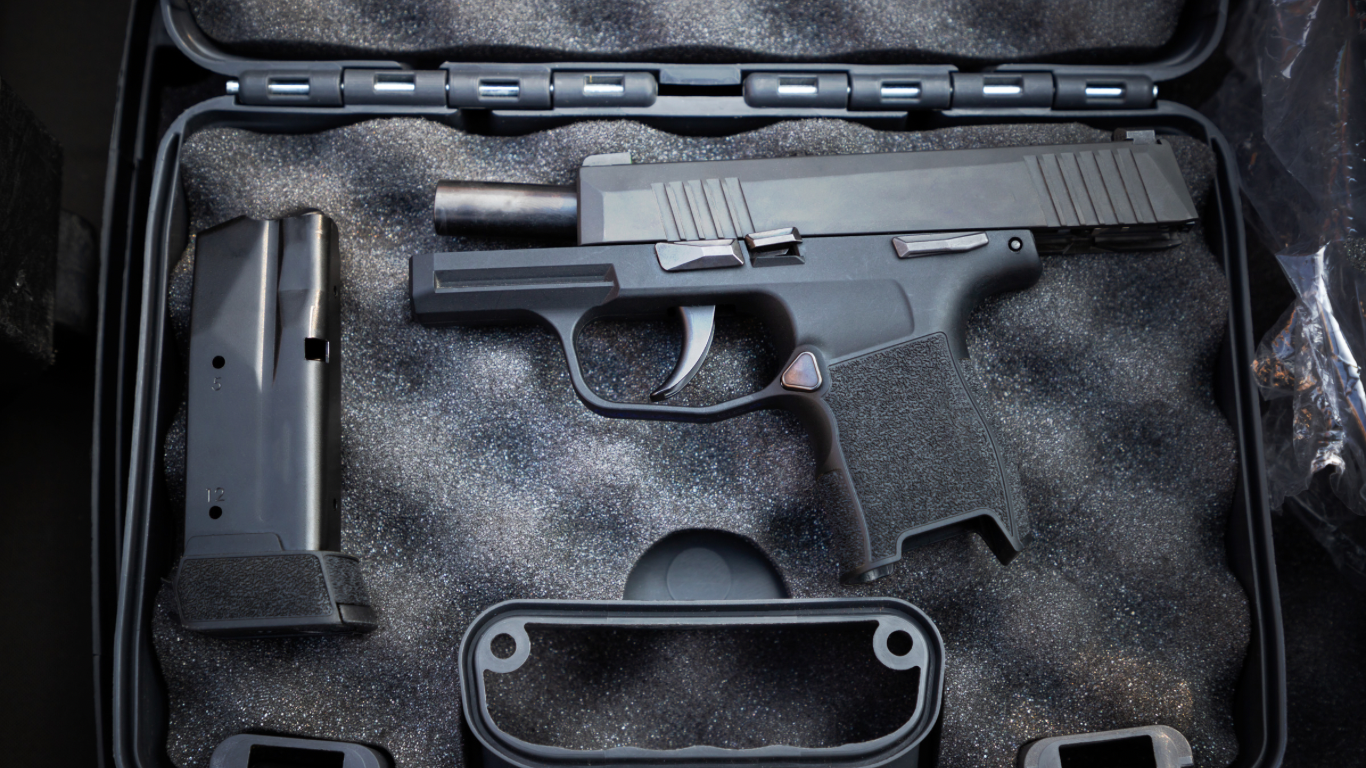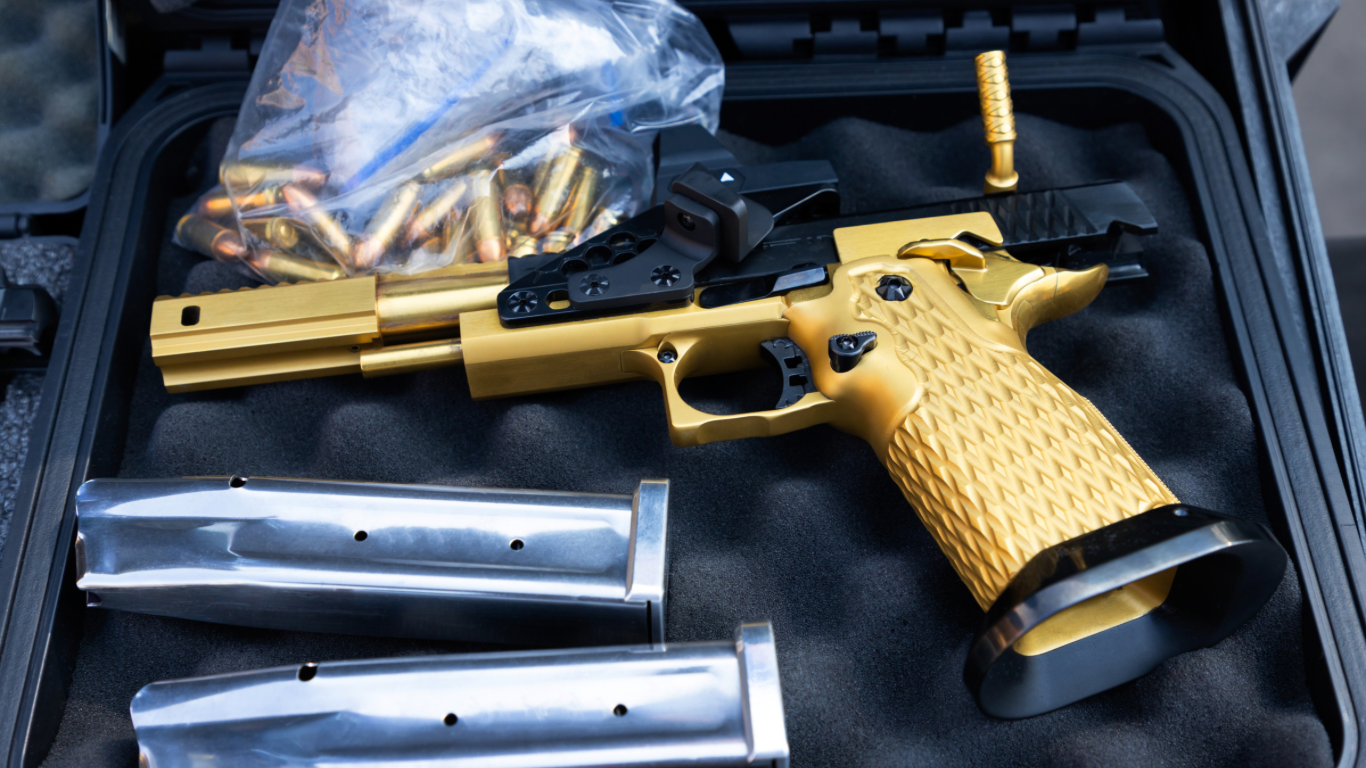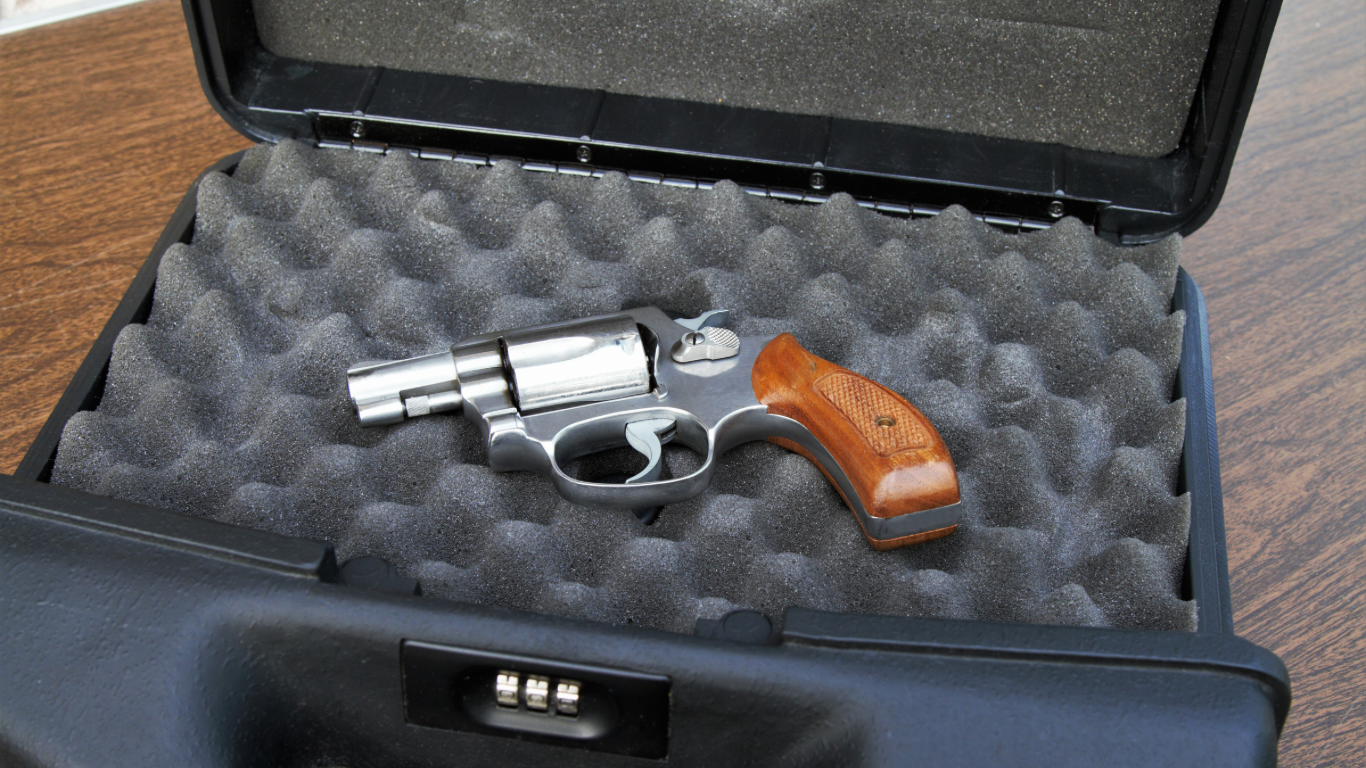Many people in the U.S. own firearms for various reasons, such as self-defense or hunting. There are laws and regulations in place that govern these firearms, including how they can be transported. However, these rules can sometimes be confusing and depending on the state you are in, they can vary. In this blog post, we’ll take a closer look at what you need to know about the transportation of guns and ammo.
State Rules Vary
It’s important to note that the rules vary between states, so it’s essential to understand the specific laws that apply to you. However, there are some general guidelines to keep in mind. Firstly, unloaded firearms should be transported in a locked container that is out of reach of the driver or any passengers. This container should have a secure and tamper-proof lock and not be easily accessible. This safety measure will prevent any accidental discharge or theft. Additionally, if you’re traveling with a firearm, make sure you have your permit or license with you.
Ammo and Guns Separate
When it comes to ammo, it should also be stored separately from the firearm and in a container that offers some level of protection. Depending on the mode of transportation, the rules may differ. For instance, airlines have specific regulations that passengers should follow when it comes to the transportation of firearms and ammo. For example, guns should be unloaded, packed in a hard-sided case, and declared at the airport. Furthermore, some airlines require notification in advance of any firearms being transported.
Respect Where and Where Not Guns Are Allowed
In some states, transportation of weapons is not allowed in public areas like schools or government buildings, and in some cases, transportation of certain types of firearms may be prohibited. It is important to know the specific laws in your area, so make sure to do your research or consult with an expert if you have any doubts or concerns.
It’s also important to keep in mind that the transportation of firearms and ammo is not allowed in some places like federal buildings, post offices, and some national parks. Therefore, if you are traveling or planning a visit to one of these places, make sure that the firearm and ammo are adequately secured in a safe location outside of the prohibited area.
Conclusion
In conclusion, transportation of firearms and ammo can be complicated and varies by state and mode of transportation. As a responsible gun owner, it’s important to do your research and know the specific laws in your area. You should also take the necessary safety precautions, like keeping the firearm unloaded and locked, and storing ammo separately from the firearm. By following these rules and guidelines, you can help ensure safe and responsible transportation of your firearms and ammo.
